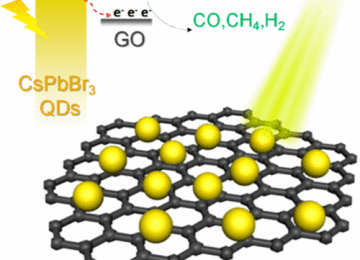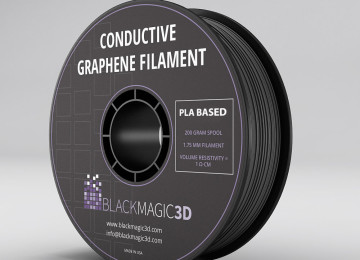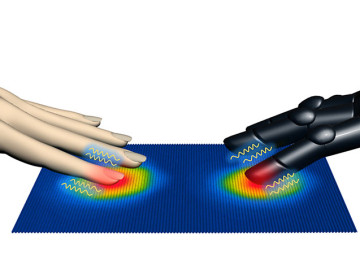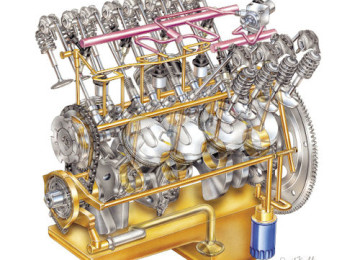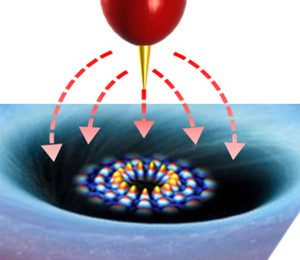Technology depends in graphene make night vision clearer
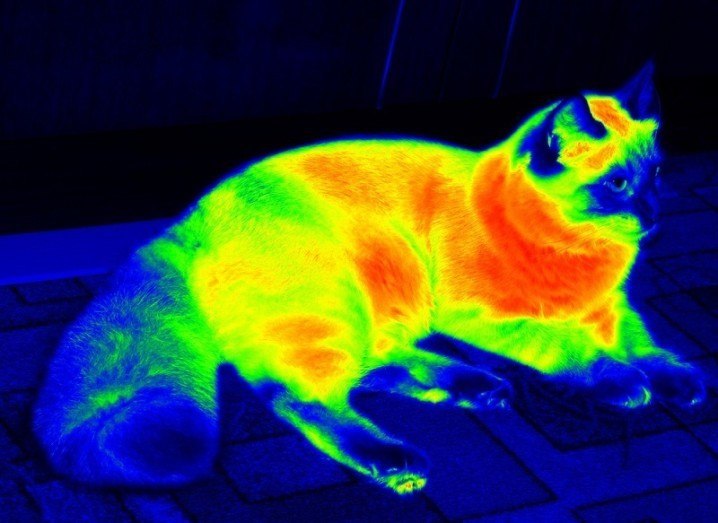
New technology depend in graphene make night vision clearer
Scientists thinking how make science fiction became to real world ! with the help of the wonder-material graphene, a team of researchers says that night-vision technology they are developing could greatly improve upon current models, especially those seen in the science fiction film ‘Predator’, As those familiar with the 1988 film will know, Predator used a heat sensor to find the body heat of its victims. Despite it being a science fiction film, Predator hews closely to the principles behind modern-day night vision (NV) goggles.
Used particularly by the military and emergency services, NV technology today collects all the available light – including infrared – in the camera’s field of vision, and amplifies it so that the user can easily see what’s going on in the dark.
The current NV technology systems – such as thermal imaging – are still quite expensive, and cumbersome for someone to wear, as many of them rely on the use of cryogenic filters to block out much of the ‘noise’, or background radiation, that surrounds us almost always.
The rule if it’s warm, we can see it that is why a team of researchers began looking at the possible uses of graphene for NV technology. It is often described as a wonder material for its unique properties as a strong, flexible and lightweight material.
Publishing their findings online, the team says that, by integrating graphene with silicon microelectromechanical systems (MEMS), they believe they are on track to create a much lighter and much more efficient NV system that would remove the need for a cryogenic filter and detect a person’s body heat at room temperature.
They go on to say that a single layer of graphene, only one atom thick, could even make the system entirely transparent and flexible, with the potential for simplifying manufacturing further to reduce cost.
Tech depends in integrating graphene-based photo-thermoelectric detectors with micromachined silicon nitride membranes
In this work, scientists leverage graphene’s unique tunable Seebeck coefficient for the demonstration of a graphene-based thermal imaging system. By integrating graphene-based photo thermoelectric detectors with micromachined silicon nitride membranes, we are able to achieve room temperature responsivities on the order of ∼7–9 V/W (at λ = 10.6 μm), with a time constant of ∼23 ms. The large responsivities, due to the combination of thermal isolation and broadband infrared absorption from the underlying SiN membrane, have enabled detection as well as stand-off imaging of an incoherent blackbody target (300–500 K). By comparing the fundamentally achievable performance of these graphene-based thermopiles with standard thermocouple materials, we extrapolate that graphene’s high carrier mobility can enable improved performances with respect to two main figures of merit for infrared detectors: detective (>8 × 108 cm Hz1/2 W–1) and noise equivalent temperature difference (<100 mK). Furthermore, even average graphene carrier mobility (<1000 cm2 V–1 s–1) is still sufficient to detect the emitted thermal radiation from a human target.











